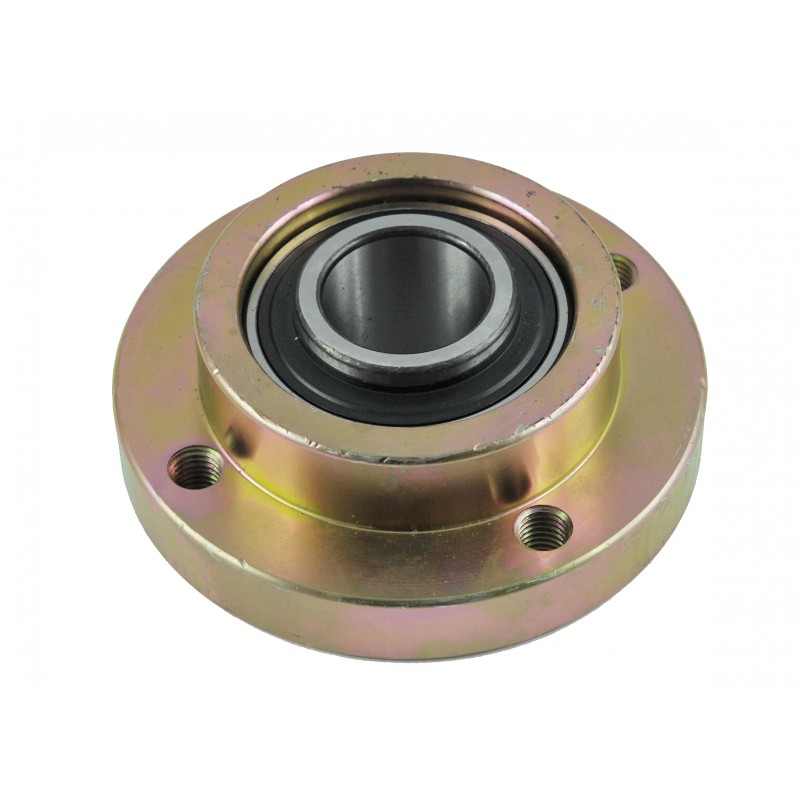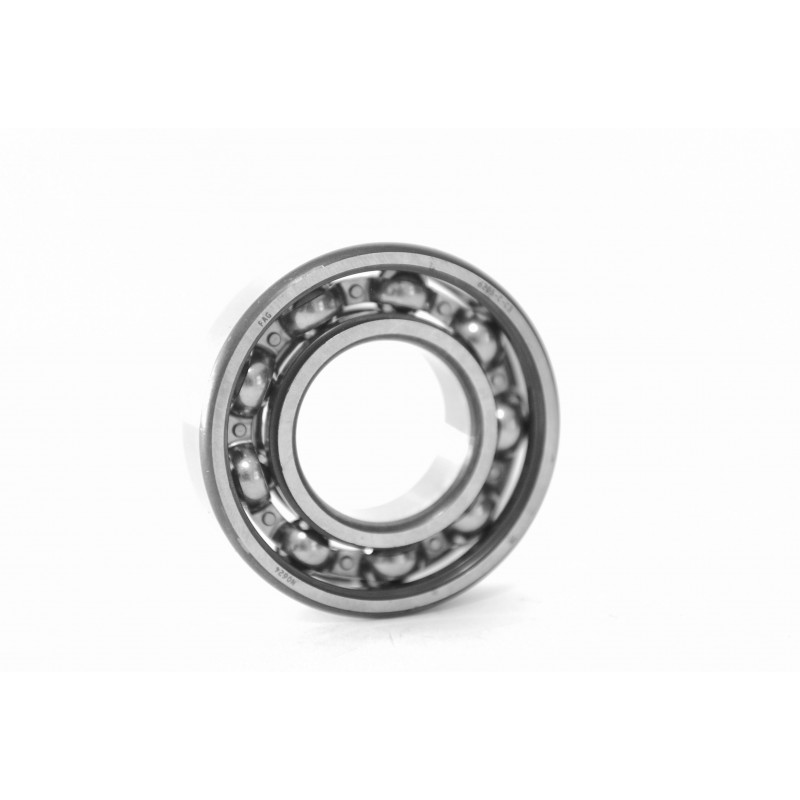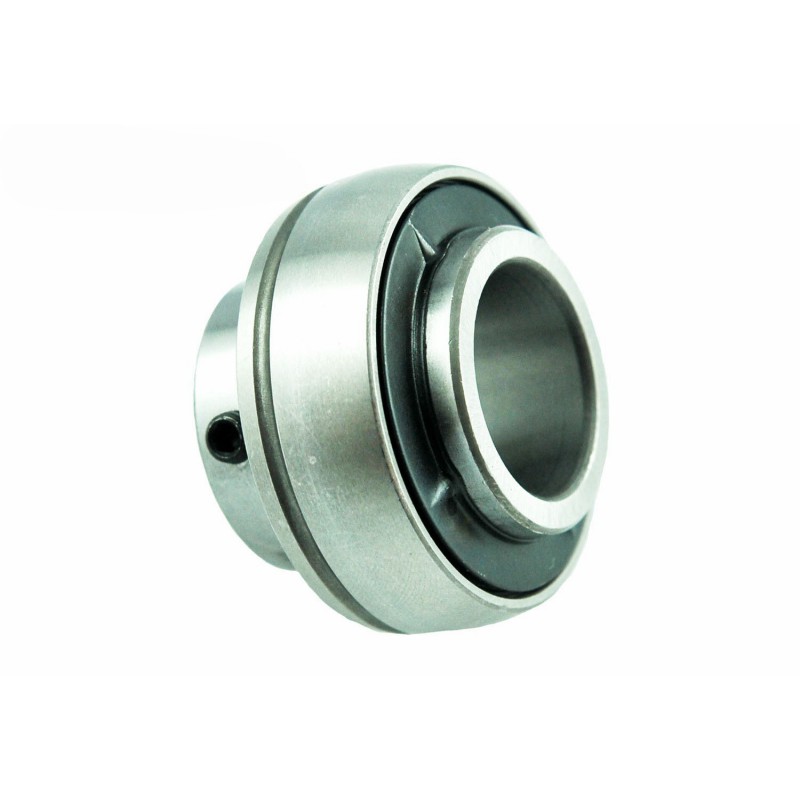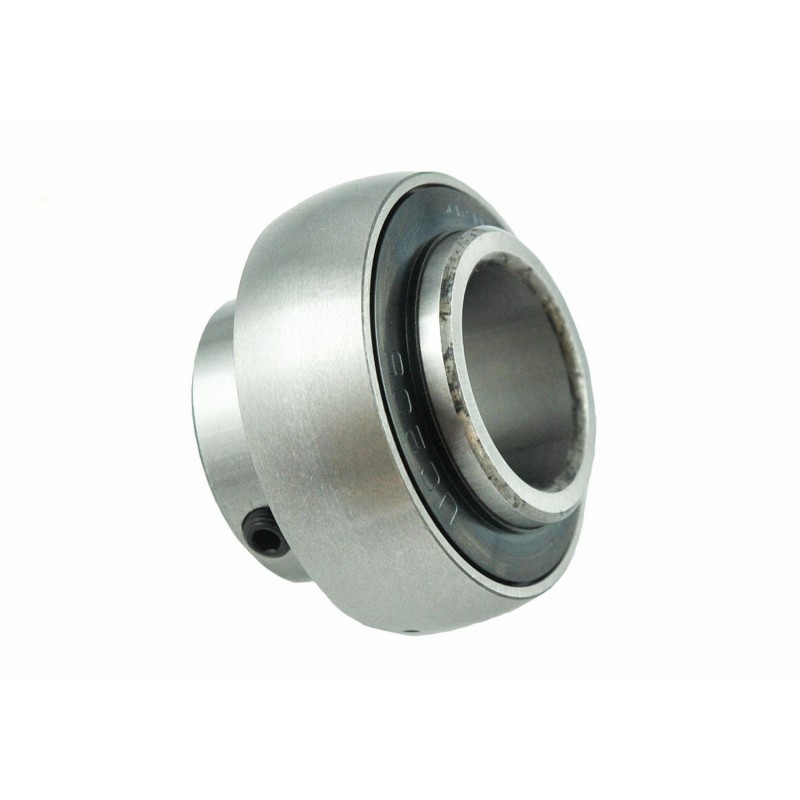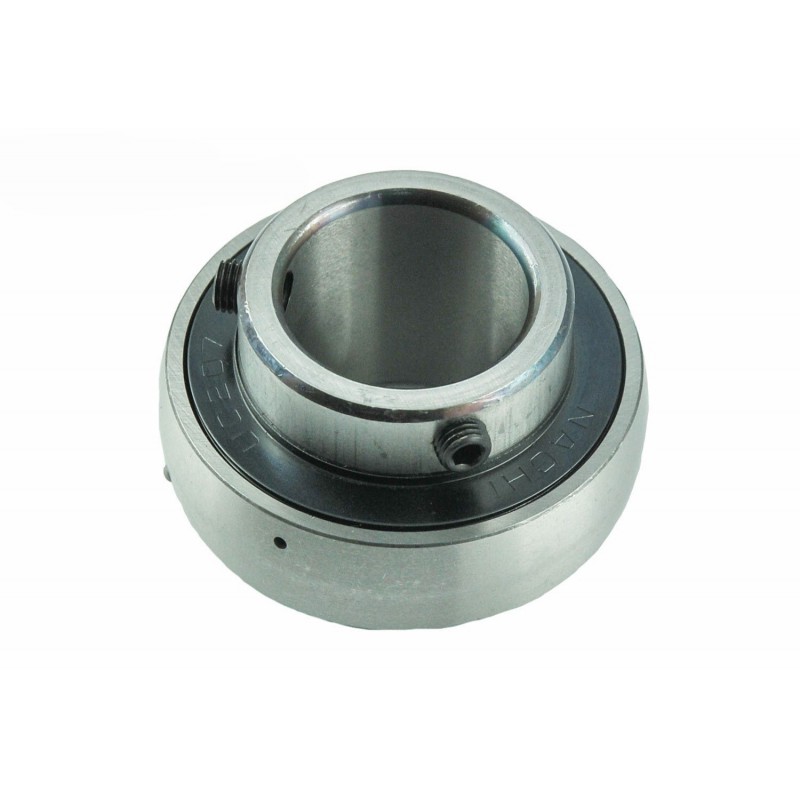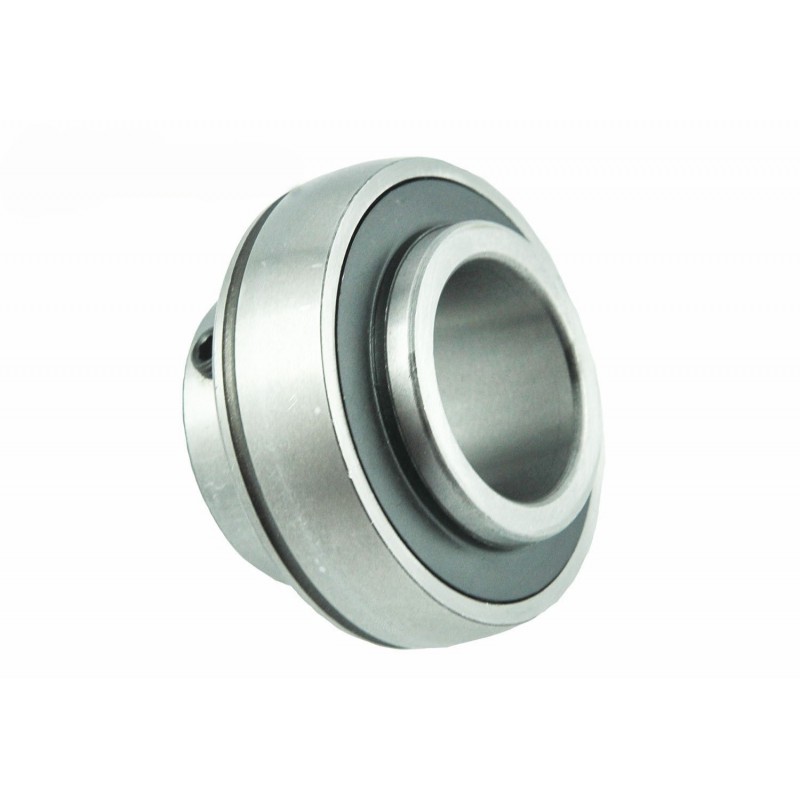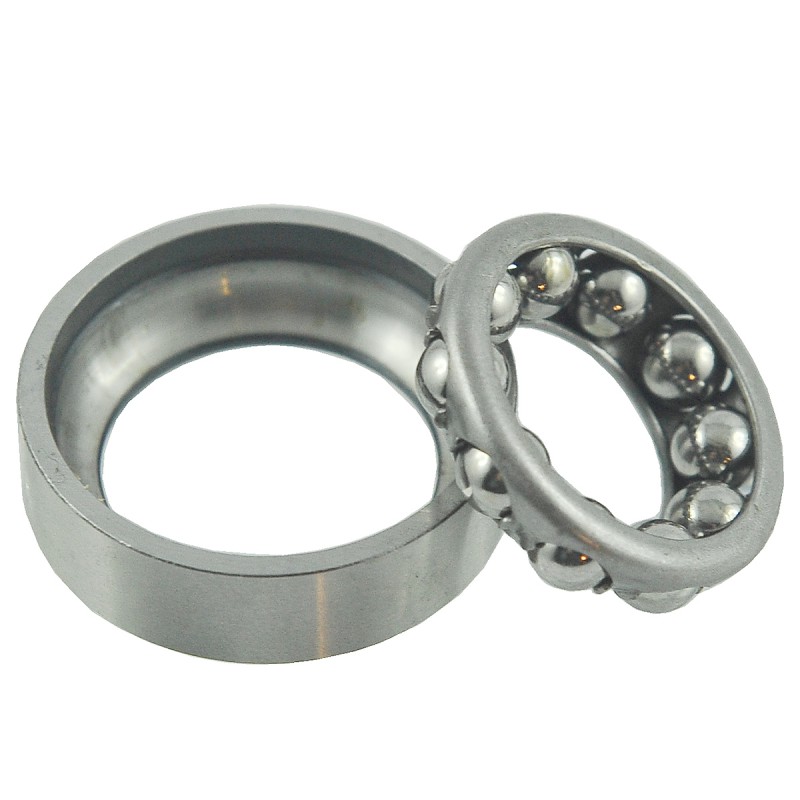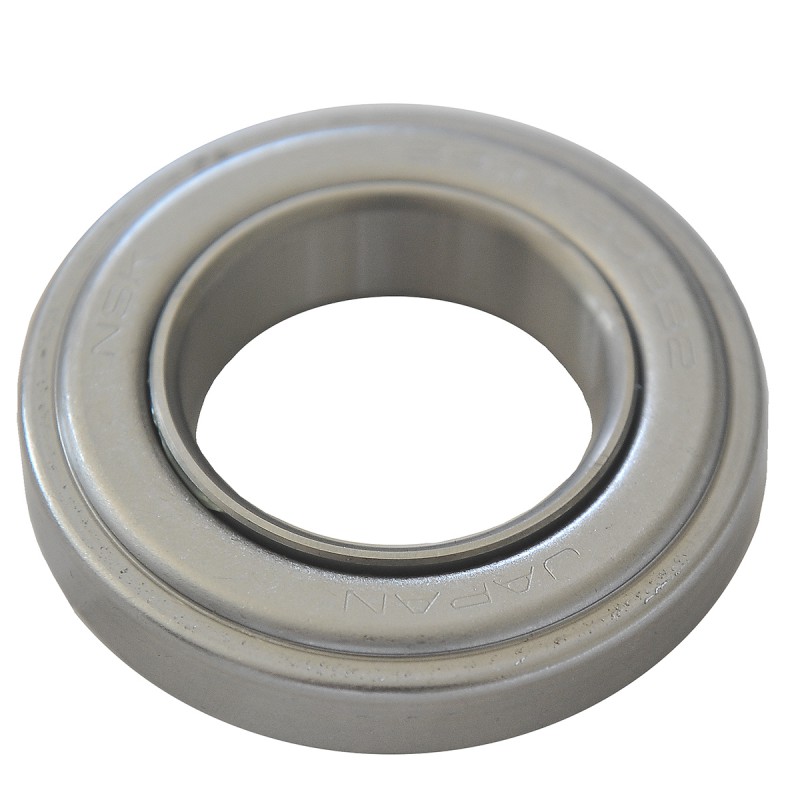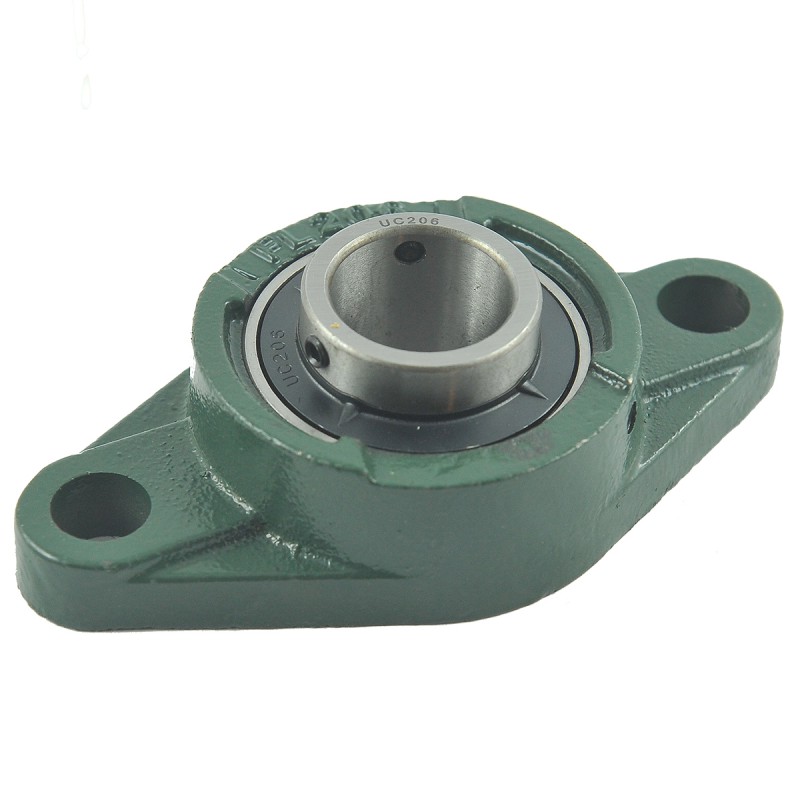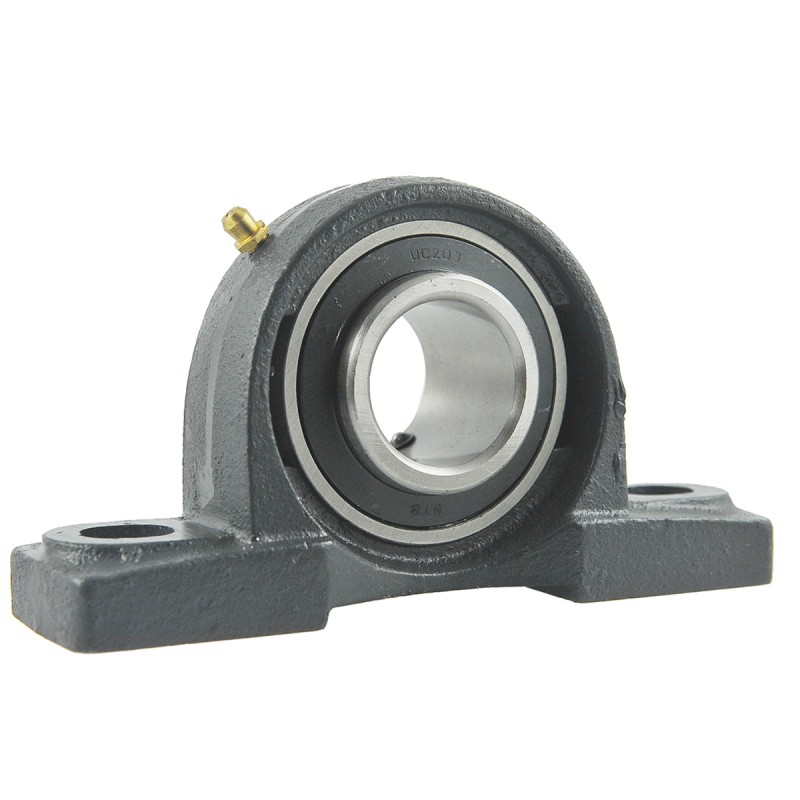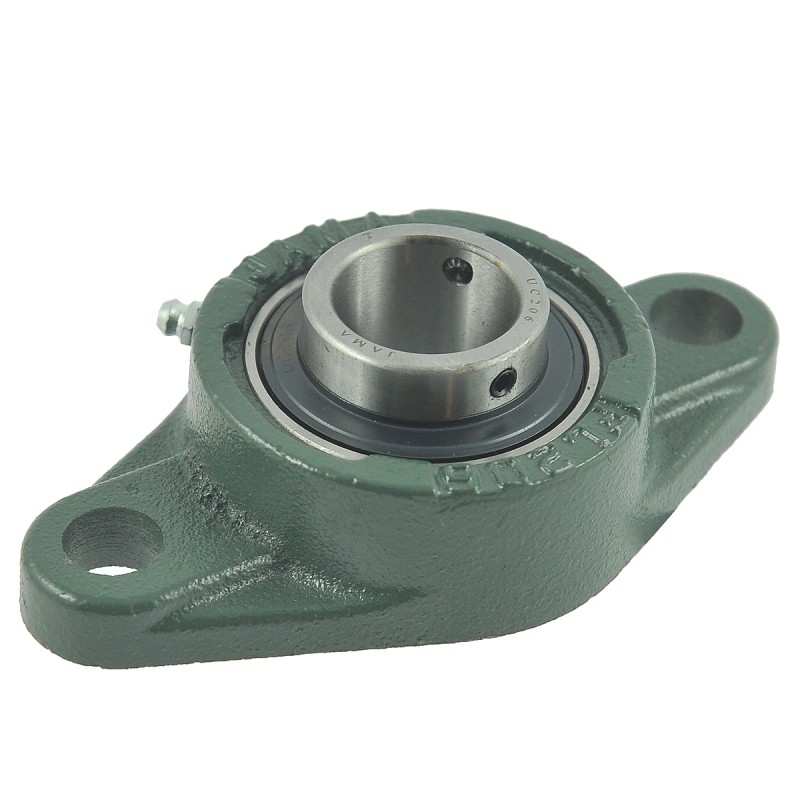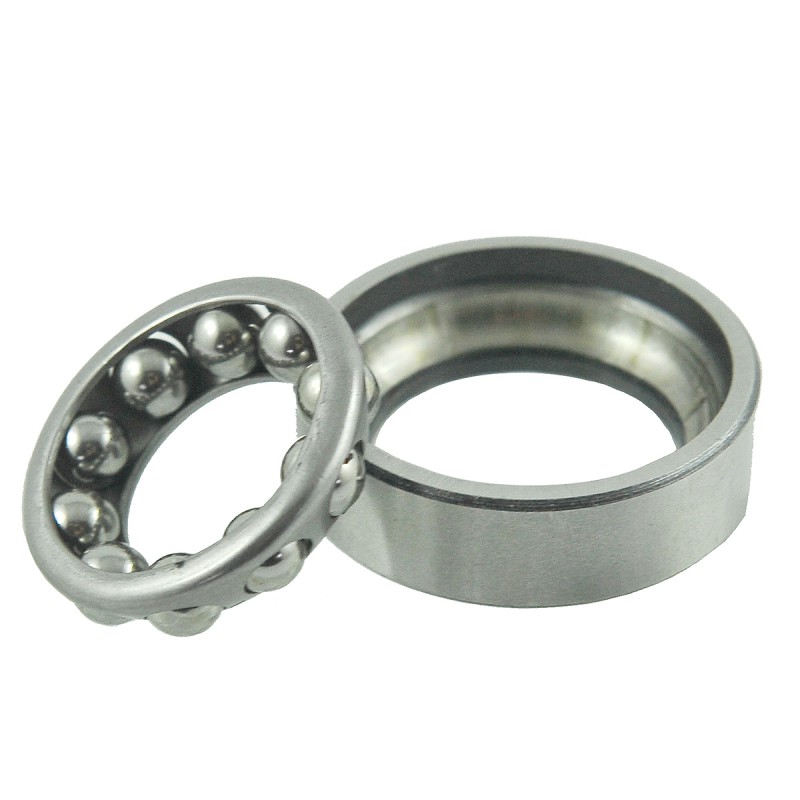zł220.00
Sort by:
Showing 1-12 of 181 item(s)
zł48.00
zł40.00
zł59.00
zł89.00
zł55.00
zł90.00
zł199.00
zł89.00
zł91.00
zł89.00
zł69.00
Bearings
Bearings are machine components that allow relative movements between two parts. Bearings reduce friction and wear and transfer loads. There are different types of bearings such as ball bearings, roller bearings, sliding bearings, magnetic bearings and fluidized bearings. Each of them has its own advantages and applications. Here is a brief description of each of them:
- Ball bearings are the most commonly used bearings. They consist of an outer ring, an inner ring and a set of balls that roll in grooves on the rings. Ball bearings can support both radial and axial loads and are easy to install and remove.
- Rolling bearings are similar to ball bearings, but instead of balls, they use rollers or cones as rolling elements. Rolling bearings have a higher load capacity and stiffness than ball bearings, but they are also heavier and more expensive.
- Sliding bearings do not have rolling elements, but rely on one surface sliding over another. Plain bearings are simple in design and cheap to produce, but require lubrication and have greater friction and wear than rolling bearings.
- Magnetic bearings use electromagnetic force to lift and stabilize a rotating machine part. Magnetic bearings have no direct mechanical contact, so there is no friction or wear. Magnetic bearings can reach very high speeds and are quiet in operation, but they are also complex and expensive to maintain.
- Fluidized bed bearings use a gas or liquid as a supporting medium that creates a pressurized layer between the rotating and stationary parts of the bearing. Fluidized bed bearings have low friction and wear and can carry heavy loads and dampen vibrations, but they are also susceptible to contamination and require a constant supply of medium.



